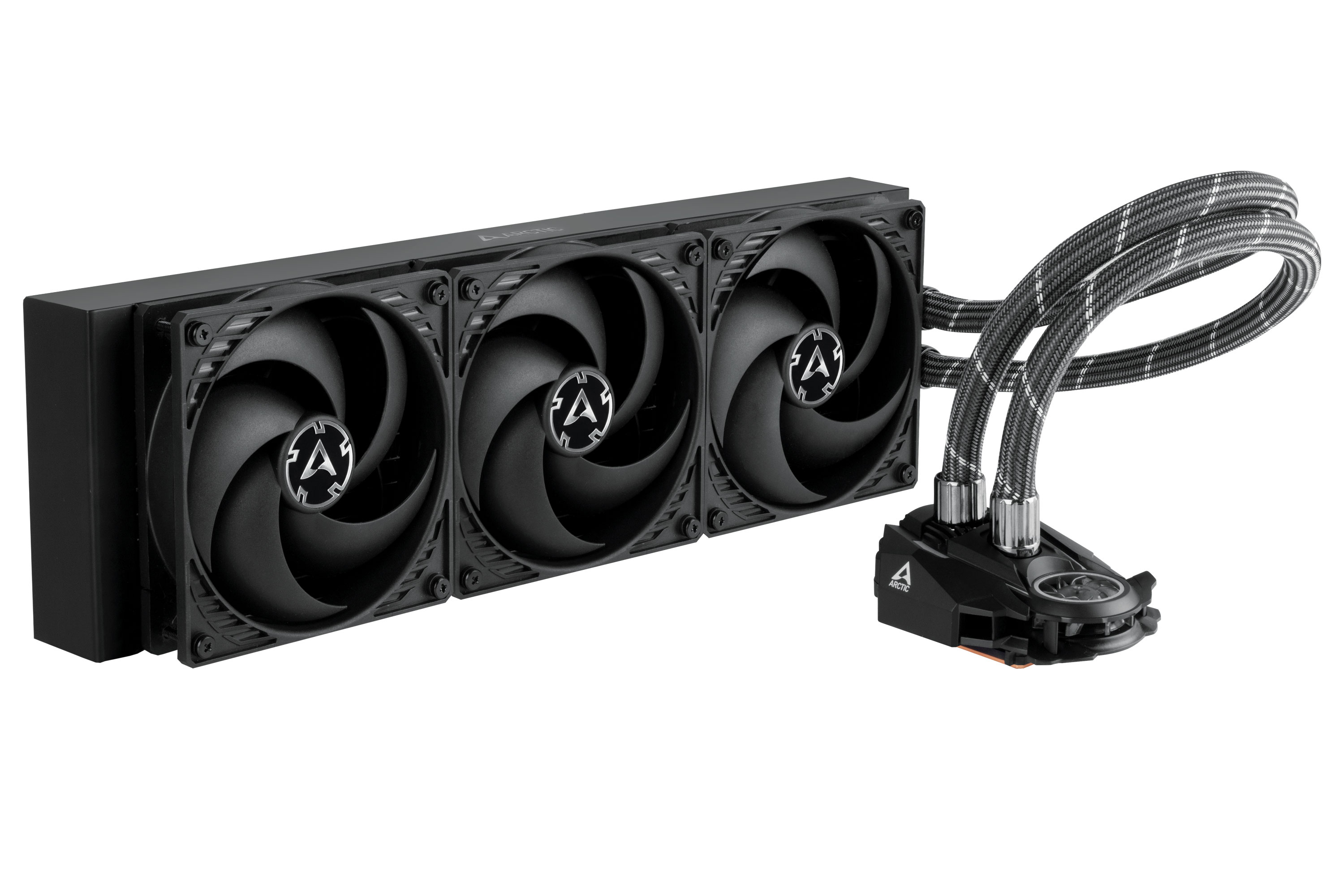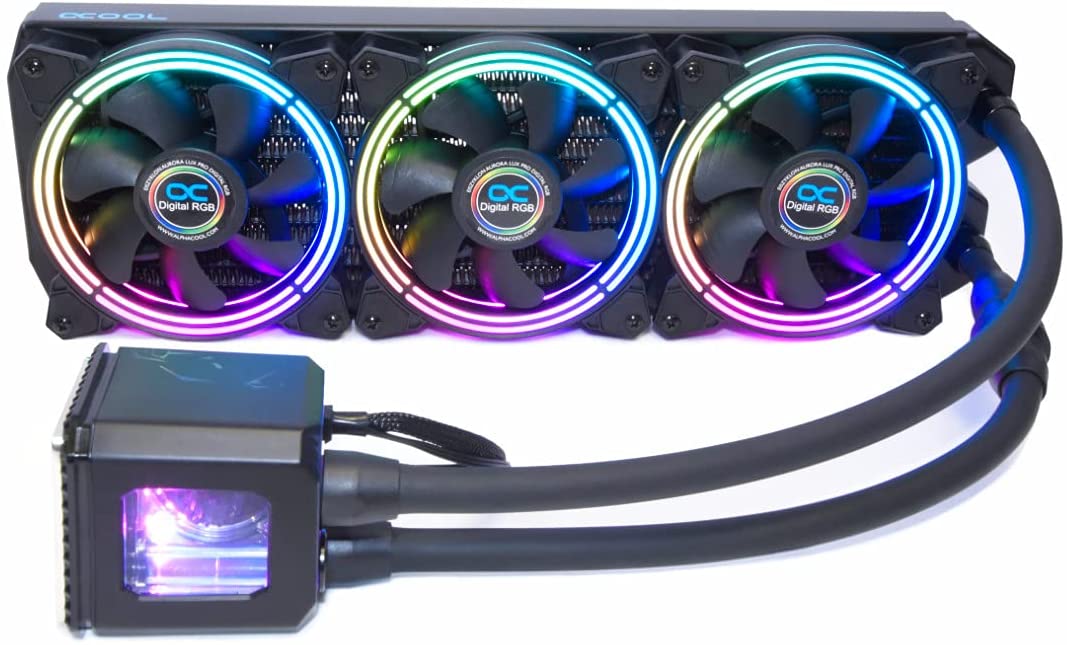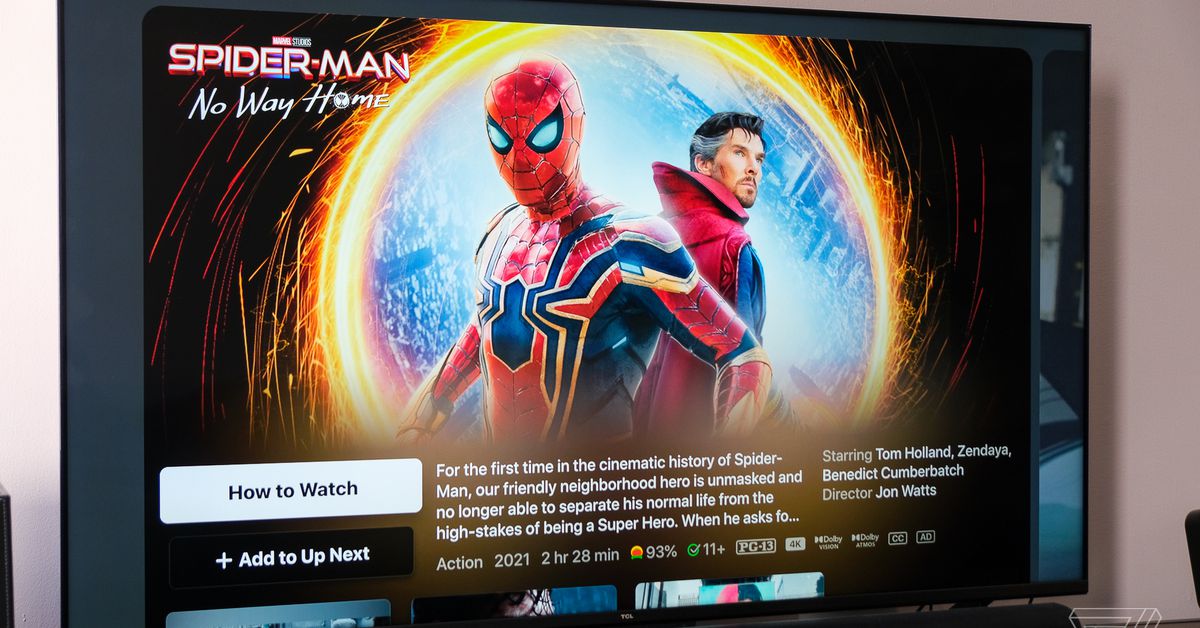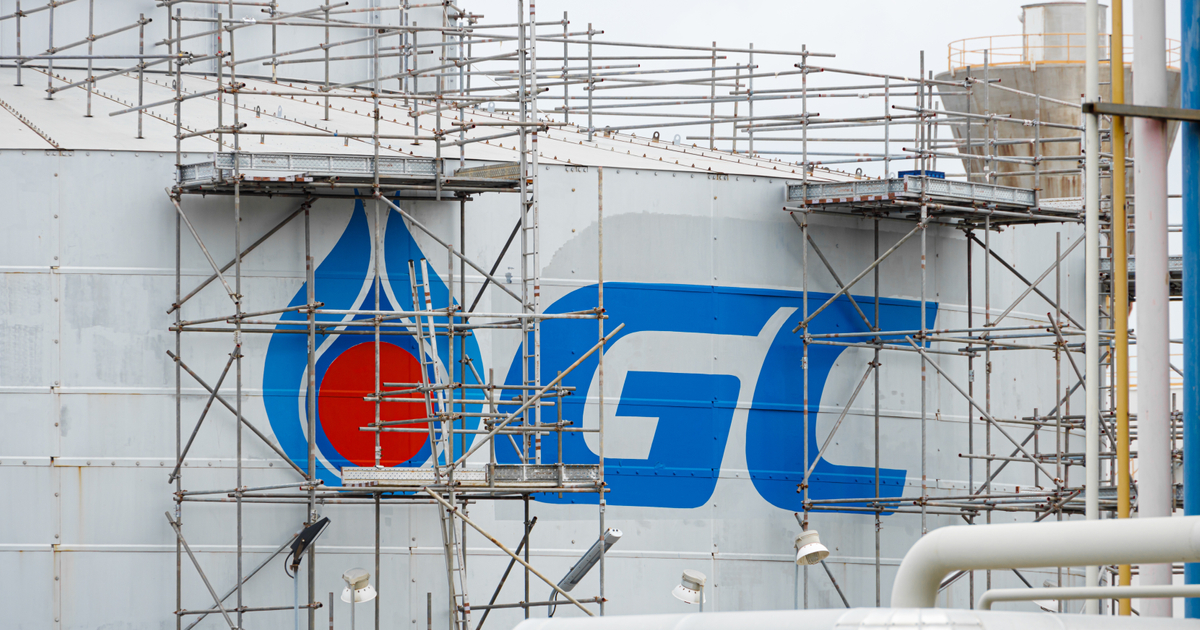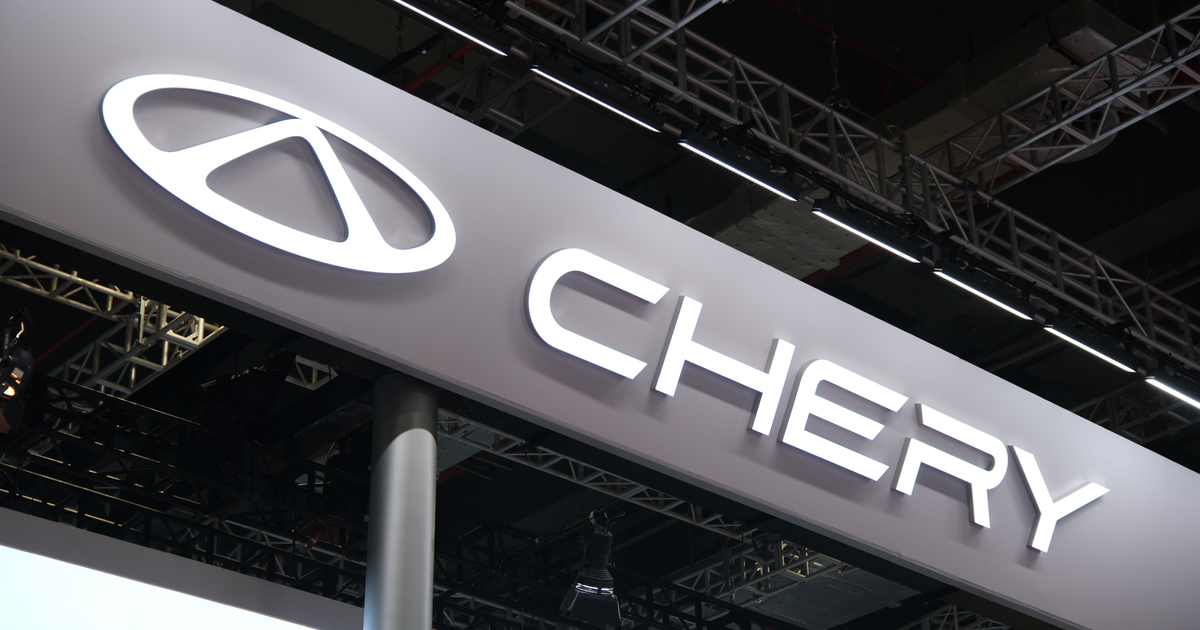The best AIO coolers for your PC in 2022
The best AIO coolers will keep your CPU cooler while staying quiet. Here are the top liquid coolers to look out for in 2022 and why they are the best around.

If you want a CPU cooler without the noise, using one of the best AIO coolers is for you. An AIO (all-in-one) liquid cooler includes all the parts you need to start water cooling your CPU. Over a traditional air cooler, a good AIO liquid cooling component may allow you to push your processor further in overclocking while keeping noise to a minimum.
Most builds call for a 240mm AIO. To that end, we recommend the Corsair iCUE H100i RGB Pro XT, thanks to its slew of lighting options and excellent included fans. You can jump up or down depending on your PC build size or cooling needs.
Note: Before diving in, you'll need to take note of your CPU socket before picking up an AIO water cooler. Every CPU cooler is a little different, so you'll need to know what CPU socket your motherboard has to see if the cooler supports it.

Corsair iCUE H100i RGB Pro XT
Pros
240mm radiator plus two fans iCUE support Excellent socket support Great configuration options Reasonably affordableCons
While socket support is great, may not be compatible with your buildSocket compatibility: Intel: LGA1200, LGA1150, LGA1151, LGA1155, LGA1156, LGA1366, LGA2011, LGA2066 AMD: AM4, AM3, AM2, sTRX4, sTR4
Dimensions (length by width by height): 277 mm by 120mm by 27mm
Included fans: Two Corsair ML120 fans
Fan speed: 400 to 2,400 rpm
The Corsair iCUE H100i RGB Pro XT is the result of Corsair's years of making AIO coolers. Now fitted with support for the iCUE software, you can sync up all of your various RGB accessories for a unified look inside your build. Additionally, the software allows you to check on your CPU and coolant temperature to make sure everything is running smoothly.
In addition to a 240mm radiator, the kit comes with two Corsair ML120 fans. They have a massive range that you can control with PWM, from 400 rpm up to 2,400 rpm. In iCUE, you can also configure a profile to turn the fans off when temperatures are low.
The Corsair iCUE H100i RGB Pro XT is an easy AIO to recommend. Corsair is behind some of the best desktop CPU coolers, and the cooler clocks in at only around $120. Socket support is excellent, too, with mounting options for all recent Intel and AMD processors, including Threadripper.
Corsair iCUE H100i RGB Pro XT

Arctic Liquid Freezer II
Pros
Hefty 360mm radiator for extra cooling cooling power Great value for price Automatic adjustment based on CPU performanceSocket compatibility: Intel: GA1151, LGA1150, LGA1555, LGA1156, LGA2011-3, LGA2066 AMD: AM4
Dimensions (length by width by height): 398mm by 120mm by 38mm
Included fans: Three Arctic 120mm fans
Fan speed: 200 to 1,800 rpm
When it comes to raw thermal performance, the Arctic Liquid Freezer II is the best 360mm AIO cooler on the market. It reaches similar performance to competing coolers at NZXT and Corsair while being very inexpensive. The 360mm option is only $125, while the NZXT Kraken X73 — another 360mm AIO — clocks in at nearly $200. The price is even more impressive when you consider the cooler's features. In particular, the pump is controlled by PWM, allowing it to modulate with the workload rather than run at full speed all the time.
The Liquid Freezer II also includes a 40 mm fan next to the pump, set to sit over your motherboard's VRM chips. In more extreme overclocking sessions, this may improve stability. Otherwise, it includes three Arctic 120 mm fans to keep air flowing.
This cooler is all about performance and price. It gets those two bits right, but not without some concessions. It doesn't feature any sort of lighting, and the design may not be to everyone's tastes.
Still, the Arctic Liquid Freezer II hits a sweet spot that other coolers can't compete with. Socket support is a little limited, but the Liquid Freezer still supports most recent chips. On AMD, it supports AM4 CPUs, and on Intel, it supports all LGA115x sockets, as well as 2011-3 and 2066 with a square Independent Loading Mechanism (ILM).

NZXT Kraken X53
Pros
Excellent thermal performance Compact, stylish design with mirror pump cap Good warrantyCons
May be too pricy for some buyersSocket compatibility: Intel: LGA1200, LGA1151, LGA1150, LGA1155, LGA1156, LGA1366, LGA2011, LGA2011-3, LGA2066 AMD: AM4, TR4, sTRX4
Dimensions (length by width by height): 230mm by 123mm by 30mm
Included fans: Two Aer P120 120mm fans
Fan speed: 500 to 2,000 rpm
Although significantly more expensive than the Liquid Freezer II, NZXT's third generation of Kraken X coolers are worth their asking price. This 240mm model clocks in at around $130, which still isn't too expensive. The design is much more appealing than Arctic's offering while achieving similar levels of thermal performance.
For looks, the Kraken X's infinity mirror pump cap is a showstopper. It bounces light around inside the cap to create the illusion of infinite LED rings. Like nearly all NZXT products, the Kraken X53 is fully integrated with CAM, allowing you to monitor temperatures and tweak your lighting settings. Over the X52, the X53 also includes an NZXT Hue 2 connection on the pump, offering power for up to six Hue 2 accessories. If you want to trick out your rig with synced-up RGB, the NZXT Kraken X53 is for you.
Unsurprisingly, socket support is excellent, with support for TR4 and AM4 on AMD, and LGA115X, 20XX, and 1,200 on Intel. NZXT rates the Kraken X53 for six years of continuous use — 60,000 hours, technically — which is around what we'd expect for most AIO coolers. NZXT offers a six-year warranty, though, so you're covered from any defects for the rated life of the cooler.

Corsair H80i v2
Pros
Best 120mm AIO you can find Extra thick radiator for more cooling power Dual fan designCons
May require an AM4 bracket for some buildsSocket compatibility: Intel: LGA1200, LGA1150, LGA1151, LGA1155, LGA1156, LGA1366, LGA2011, LGA2066 AMD: AM4 (requires CW-8960046 bracket), AM3, AM2
Dimensions (length by width by height): 154mm by 123mm by 49mm
Included fans: Two Corsair SP120L 120mm fans
Fan speed: 2,435 rpm
120 mm AIOs usually aren't very good, but the Corsair H80i v2 is the best 120 mm AIO around. Without proper surface area on the radiator, most 120 mm coolers just aren't up to snuff when it comes to cooling power. The Corsair H80i v2 solves that problem. The radiator is twice as thick, clocking in at 49mm compared to the standard 25mm. The H80i v2 doesn't match the cooling performance of a 240mm radiator, but it gets a lot closer than a standard 120 mm one. And the Corsair H80i is still relatively cheap at around $100.
To get through the extra thick radiator, Corsair includes two SP120L PWM fans, so it's easy to set up a push-pull configuration, but you'll need to factor in the extra thickness of such a configuration when mounting.
As for support, the Corsair H80i v2 comes with Intel mounting hardware for socket 1366 up to LGA1200 (Intel's redesign of LGA1151, designed for Comet Lake CPUs). Basically, if you have an Intel processor introduced after 2008, you're fine. AMD support is a little sparser. The cooler technically supports AM2 up to AM4, but the box only ships with mounting hardware for up to AM3. You'll need a separate AM4 bracket. Thankfully, Corsair sells them for only a few dollars. There's no RGB on this one, either, though you can control fan speed and monitor temperatures through Corsair's iCue software.

Cooler Master MasterLiquid ML240L v2
Pros
Great budget pick Incredible socket support Affordable RGB optionsCons
Thermal performance isn't greatSocket compatibility: Intel: LGA1200, LGA1151, LGA1150, LGA1155, LGA1156, LGA2066, LGA2011-3, LGA2011 AMD: Am4, Am3+, AM3, AM2+, AM2, FM2+, FM2, FM1
Dimensions (length by width by height): 157mm by 119.6mm by 27.2mm
Included fans: Two Sickleflow 120RGB 120mm fans
Fan speed: 650 to 1,800 rpm
Cooler Master offers a range of "lite" AIOs, which are basically previous iterations of Cooler Master's MasterLiquid line with increased socket support and double FEP tubing. At around $80, the Cooler Master ML240L v2 is the best budget AIO available. It comes with a 240mm radiator, two RGB fans, and a small RGB controller. Thermal performance isn't great, and the noise level is higher than some more costly options. However, the ML240L clocks in around $50 cheaper than most competing 240mm AIOs. Plus, you can always swap the fans out later for more lighting options and slightly better noise levels.
The Cooler Master ML240L comes with nearly universal socket support, too. On Intel, it supports LGA1200, LGA20xx, LGA115x, and LGA1366, and on AMD, it supports AM2 to AM4, as well as FM2 and FM1. For the price, it's hard to beat the ML240L.
Cooler Master MasterLiquid ML240L v2

EK-AIO 240 D-RGB
Pros
Designed for maximum RGB High max fan speed AffordableSocket compatibility: Intel: LGA1200, LGA1150, LGA1151, LGA1155, LGA1156, LGA2011, LGA2011-3, LGA2066 AMD: AM4, AM3, AM2, sTRX4, sTR4
Dimensions (length by width by height): 275mm by 120mm by 27mm
Included fans: Two EK-Vardar S 120ER D-RGB 120mm fans
Fan speed: 550 to 2,200 rpm
If you want the best RGB AIO cooler, the EK-AIO 240 D-RGB goes off the deep end. Short of a small black strip where the tubes connect, the mounting block has a translucent, slightly diffused surface, washing out the lights inside into a beautiful display of color. EK is the place for custom water cooling, and the EK-AIO 240 shows why.
When it comes to raw thermal performance, EK beats the Corsairs and NZXTs of the world. It includes two EK-Vardar S fans that run from 550 rpm to 2,200 rpm and includes support for other RGB PC components through Asus Aura Sync, Gigabyte RGB Fusion, MSI Mystic Light, and ASRock RGB Sync for the fans and pump.
The EK-AIO 240 is a better option due to the fact that it's inexpensive. At around $120, it's cheaper than the 240mm counterpart at NZXT, and the same price as Corsair’s ever-popular H100i. Like a lot of the other options on this list, it’s available in 120mm and 360mm variants, too. On Intel, the EK-AIO 240 supports LGA115x and LGA20xx, as well as LGA1200. On AMD, it just includes an AM4 bracket. You can control the fans directly through your motherboard, but if you’re short on spots, you can pick up an EK-Loop Connect controller for another six PWM connections.

NZXT Kraken Z63
Pros
Built-in LCD display to tinker with Great socket support Capable thermal performanceCons
You pay a lot for features you don't technically needSocket compatibility: Intel: LGA1200, LGA1150, LGA1151, LGA1155, LGA1156, LGA2011, LGA2011-3, LGA2066, LGA1366 AMD: AM4, sTRX4, TR4
Dimensions (length by width by height): 275mm by 120mm by 27mm
Included fans: Two Aer P120 120mm fans
Fan speed: 500 to 2,000 rpm
The NZXT Kraken Z63 is unnecessary at $250, but that's the point. It's basically the Kraken X53, just with a larger radiator and a useful LCD display on the pump. It may seem a little gimmicky, but the display allows you to quickly see critical metrics from NZXT's CAM software, including your fan speed and temperature. If you don't want to monitor anything, you can throw a GIF on the display for the 2022 equivalent of putting an action figure in your gaming computer.
The Z63 comes with a 280mm radiator, but NZXT offers 240mm and 360mm variations, too. Like the Kraken X53, the Z63 comes with two 140mm Aer P fans, and it supports most modern sockets. That includes TR4 for Threadripper, though you'll need to pick up a separate Threadripper mounting bracket from NZXT for that.
A big part of the NZXT Kraken Z63's high price is the LCD display, but if you're in the market for a premium cooler with flare to match, there isn't a better option.

Alphacool Eisbaer Aurora
Pros
Refillable design for long-term upgrades Copper components for extra cooling Expansive RGB optionsCons
No official support for ThreadrippersSocket compatibility: Intel: LGA775, LGA1056, LGA1155, LGA1150, LGA1151, LGA2011, LGA2011-3, LGA2066 AMD: AM2, AM2+, AM3, AM3+, FM1, FM2, FM2+, AM4
Dimensions (length by width by height): 400mm by 124mm by 30mm
Included fans: Three Alphacool 120mm PWM fans
Fan speed: 800 to 2,000 rpm
The Alphacool Eisbaer Aurora is a CPU cooler that you can refill. Unlike other AIO liquid coolers, you can swap out the fluid, upgrade the hoses and fittings, and even expand the loop. The most recent model supports digital RGB on the fans and CPU block, too, allowing you to trick out your lighting however you want.
The looks are right, but Alphacool didn't sacrifice thermals with the Eisbaer Aurora. The radiator is made out of copper for a little extra cooling potential, and the nickel-plated copper CPU block has been slightly enlarged compared to previous versions. For CPU support, the Eisbaer Aurora supports most modern processors, though it doesn't officially support Threadripper chips.
Frequently Asked Questions
What should you look for in an AIO cooler?
The most important part of an AIO CPU cooler is the radiator size. A larger radiator offers better cooling performance, but you need to make sure it can fit inside your case. Otherwise, look at the socket support to make sure you can use the cooler with your motherboard and buy from a reputable brand.
How reliable are RGB AIO coolers?
Most AIO coolers have a lifespan of six years, regardless of if they have RGB or not. You can expect an AIO cooler from a reputable brand to run for six years without issues, but every cooler is a little different. We recommend looking up individual AIO cooler reviews to see if others have had issues with reliability.
What should you know before you buy an AIO cooler?
Before buying an AIO cooler, you need to know about the risks it may pose to your PC. Although failures are few and far between, every AIO cooler is still putting water dangerously close to your precious PC components, so there's always a risk that the cooler could leak or fail and damage your parts. The fact that AIO coolers are closed makes matters worse because you can't open the loop to see if there are any problems.
The best way to mitigate risk is to keep an eye on your cooler to see if there are any signs of leaking and to monitor your CPU temperature to see if the pump is failing. As long as you keep an eye on both, you can find most problems before they do any catastrophic damage.
Are AIO coolers better than air coolers?
In a typical setup, yes, liquid cooling is simply better at capturing and dissipating heat than an air cooling system alone — however, they aren't necessarily better than the best air coolers. AIO coolers are a popular option to add liquid cooling because they offer the whole cooling system in a premade package that's relatively easy to set up, and they tend to be very quiet.
That being said, AIO coolers may not be the best choice for every gaming station. As we mentioned above, not all PC cases have a lot of room to add a radiator, pump, and tubing. If you aren't interested in overclocking and your current system manages temperatures just fine, you may not see a lot of benefit from switching to an AIO cooler, either.
Are AIO coolers noisy?
That depends on several factors. The pump that moves the liquid in the cooler is typically silent or at least inconsequential compared to other PC noises. AIO models usually have fans, which will get noisy if they operate at high speed or are dirty. You can decrease fan noise by keeping them free of dust and monitoring their settings via the BIOS if possible. The good news is that, with liquid cooling, fans usually don't have to work as hard and are less likely to make lots of noise.
Another source of noise can be gurgling from the liquid as it flows, especially at higher pump speeds. If your AIO cooler is chilling your PC just fine at lower pump speeds, you can easily keep noise levels down this way. If annoying gurgling noises persist, there could be air cycling in the system. Proper installation and pump placement can often help avoid bubbling issues like this, so it may be time to take a look at your mounting choices. You can also run the cooler through a process to clear out air bubbles.
How do you mount an AIO cooler?
If this is your first time installing an AIO model, you should find and follow a guide closely or use the included instructions and pay attention to the details. Corsair has a clear-cut guide on the two most effective mounting choices for the radiator (on the front or at the top of the case). The radiator should be at a higher position than the pump to help avoid air bubble problems, which means you don't want to install it at the bottom of the case.

 Aliver
Aliver 
